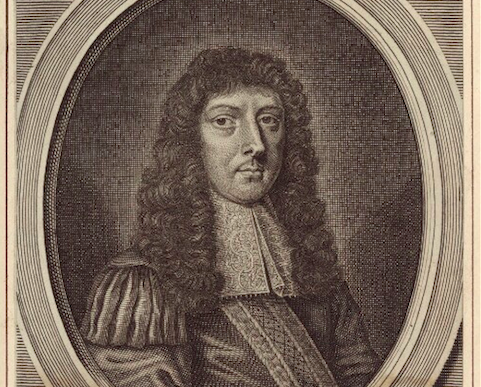By Philip Carter
‘Flash Histories’, a recent symposium at the University of Bristol, brought together historians, creative writers and heritage professionals to explore short-form history writing. Topics included history as poetry, museum labelling, publication via Twitter and, as considered below, the history and value of brief lives in an era of blockbuster biographies.
In Biblical terms the good life is three score years and ten. And so, for modern publishing, it might be said that a good life—or at least a good biography—is three score pages multiplied by ten.
For many history publishers, historical biography is today big business, and big biographies of 600 pages or more are even bigger business. With heft comes gravity and the right to call oneself ‘definitive’ or, most precious of all, the ‘last word’ on X or Y.
To take just three recent examples. First, there’s Richard Evans’ biography of Eric Hobsbawm which runs to 783 pages; then Julian Jackson’s life of Charles de Gaulle (928 pages), and Fiona MacCarthy’s study of Walter Gropius which comes in at a svelt 560 pages.

Big biographers like these adopt different stances when it comes to length. Richard Evans acknowledges that his is a ‘very long book’, explaining this with reference to his subject’s longevity and a decision to let Hobsbawm tell the story in his own words—of which there were many. By contrast, Julian Jackson side-steps direct reference to the scale of his survey, noting only the prior existence of three even longer lives of de Gaulle: at 1000, 1500 and 3000 pages respectively.
Of course, there’s pleasure and value to be had from the all-encompassing life—not least when it’s a first major study, offering insights absent from the subject’s own work. (Hobsbawm’s own Interesting Times. A Twentieth-Century Life, is a notable instance of the latter.)
But big is not the only way. There’s also a rich, alternative approach in the shape of biographical brevity. Short lives have a long history and are of increasing relevance, appeal and value to contemporary historians. It’s a contribution we risk missing if we over-associate historical life writing with blockbuster biography.
John Aubrey and the art of brevity
In providing these perspectives on brevity, it’s helpful to refer back to the work of the seventeenth-century English antiquarian, John Aubrey (1626-1697). A man of insatiable curiosity, and one of history’s truly decent people, Aubrey is now known as an author of short biographical sketches of his contemporaries—later collated and posthumously published, appropriately, as ‘Brief Lives’.
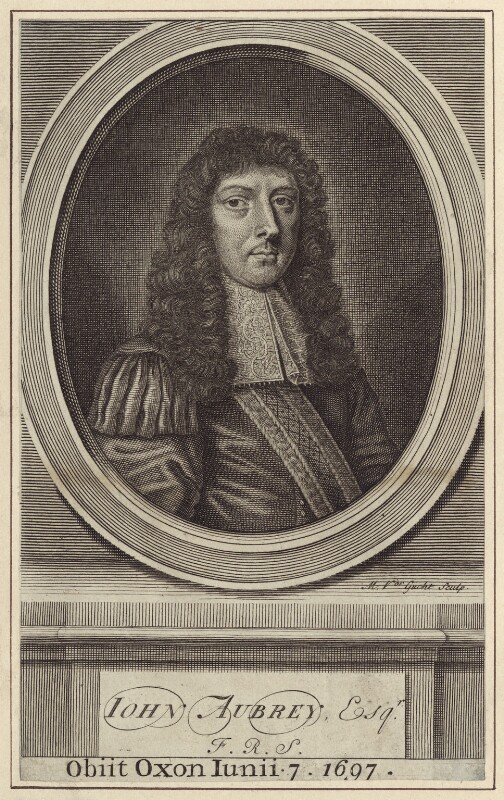
line engraving, published 1719
(c) NPG, London, CC-BY-NC-ND 3.0
Brevity for Aubrey often meant no more than a page or two (even for luminaries like Descartes or Erasmus), and he never went beyond the 12 pages dedicated to his longest life, Thomas Hobbes. From Aubrey’s work, it’s possible to highlight several principles that shape biographical brevity and account for its enduring historical value and modern-day reconfigurations.
Brevity as length
First, brevity in biography relates most obviously to its published length: being the short ‘sketch’ or ‘pen portrait’ life, rather than the multi-volume monument recently handed out to figures like de Gaulle.
John Aubrey was an exemplary exponent of the short form, but he was certainly not the first to embrace the concise life. The tradition of the short collected or group biography—of which Plutarch’s Lives or Suetonius’ Caesars are pre-eminent—has a very long history.
Others in Aubrey’s circle were similarly drawn to brevity. From his fellow antiquary—Anthony Wood—came the notion of brief life as historical reference. Wood created the ‘snippet life’ with his Athenae Oxoniensis (1691-2)—a sort of Who’s Who for Oxford University graduates of the day—with much of its information gathered for Wood by John Aubrey.
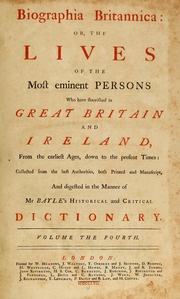
From the 1730s there also came the ‘snapshot obituary’, as carried in popular monthlies such as the Gentleman’s Magazine. And soon after we see the rise of ‘national biography’, first with Andrew Kippis’s mid-Hanoverian Biographia Britannica, and then in the late nineteenth-century with Leslie Stephen’s Dictionary of National Biography.
For his landmark project, Stephen’s watchword was ‘condensation’, with the dictionary intended to serve as a ‘literary condensing machine’. As he told would-be authors on announcing the project: ‘Philosophical disquisition and picturesque description are obviously out of place … There is a kind of diffuseness, too, which comes from simple verbosity, due chiefly to the fact that copying is easier than condensing.’
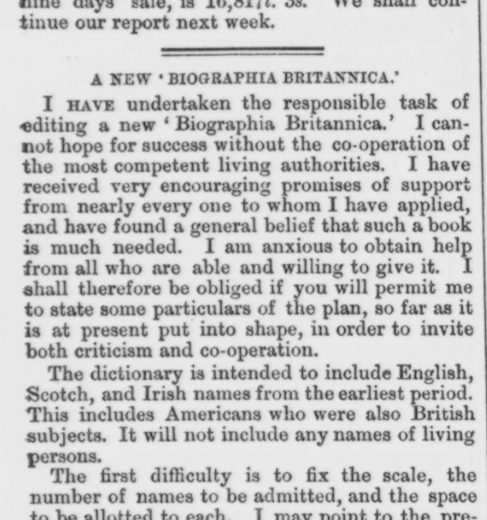
Brevity as insight
For Stephen, brevity had many advantages. It kept the focus; it enabled the radical editing of fussy and florid authors; and it avoided excessive sentiment (the DNB’s maxim being ‘no flowers by request’). It’s also a spirit maintained by the modern-day DNB which was completely rewritten and expanded in the late 20th and early 21st century, and in which the average life is now 1000 words, and the shortest just 25 words.
Brevity can also bring out the best in writers required to capture the essence of a person via precision rather than volume. Here, for example, is the novelist David Lodge on fellow author and friend, Malcolm Bradbury, in Bradbury’s current DNB entry.
“Physically Bradbury was tall, but never used his height to intimidate. His manners were gentle, his voice was light … He possessed a whole spectrum of laughs, from an infectious giggle to a full-throated guffaw. When he wrote on the typewriter or computer, the tip of his tongue flickered and curled between his lips as if in sympathy with the difficulty and delicacy of the task.”
Moving beyond questions of length, John Aubrey also provides a useful guide to other notions of brevity. Many of his Brief Lives were composed from what later readers regarded as gossip: a recollection here, or a candid observation there.
Aubrey’s embrace of partiality gave legitimacy to life writing as insight via glancing observation. It’s a powerful approach, long favoured by writers of short biographical reference. Take, for example, the case of the Unitarian minister and historian Alexander Gordon (1841-1931). What gets you most quickly to the nub of this distinguished scholar? Is it a meticulous account of his numerous histories of early modern non-conformity? Or might it be his practice of inscribing each of his hat brims with the words: ‘Not Yours’?
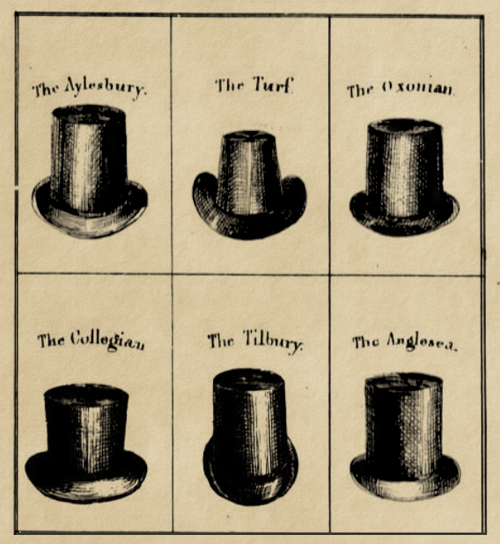
Brevity as the ordinary and everyday
Alongside his brief surveys of greats such as Descartes and Erasmus, Aubrey also championed the value of the ordinary life—perhaps of note for a single act or event, but still a figure worthy of record. It’s often the case that such events were tragic, leading to memorialization—as with, say, the two contemporary Edwardians, suffragette Emily Wilding Davison and Wallace Hartley, bandleader of the Titanic—both now known for a single fatal act several months apart in 1912.
On other occasions, brief lives can be simultaneously tragedy and farce. In May 1708 members of a millenarian sect, the French Prophets, predicted that Thomas Emes, a recently deceased believer, would rise again after his death. On the allotted day, the late Emes drew a large crowd to Bunhill Fields, London, and duly failed to show up for his own second coming. However, this was enough to get him noticed. As his very short DNB life concludes: ‘Emes’s fame rests not so much on any activity during his lifetime, but on the absence of it following his death.’
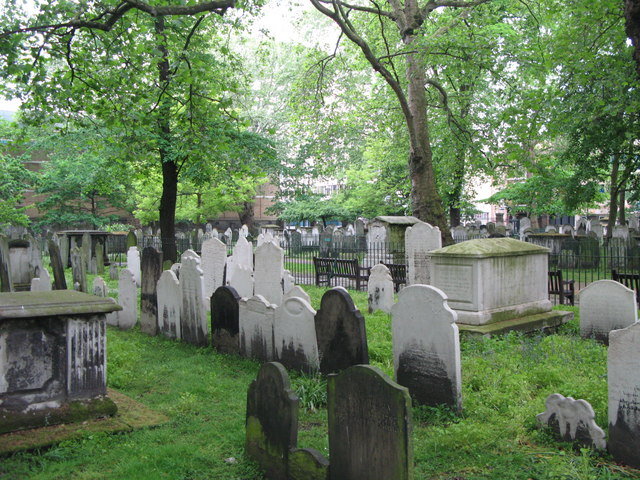
Before moving on from obscure lives, it’s worth noting too the recent boom in popular genealogy, and its largely positive impact on historical consciousness—even if few of the relatives uncovered from digitized censuses or parish registers would stretch to even a short biography, or constitute ‘proper history’ according to at least some in the academy.
Brevity as reflections on wider themes
John Aubrey’s final contribution to brevity was his appreciation of all things small and occasional (and their distillation in brief lives), as an important aspect of a society’s historical knowledge. Aubrey’s gossip was documentary record not triviality.
Just as Thomas Emes’s non-appearance has its humorous side, so it’s also an insight into the curious world of the French Prophets, and of the expectations of the crowd that gathered at the graveside—just in case. The methodological underpinning of such brief encounters (and what they might tell us about the past) has, moreover, been a feature of historians’ training since Carlo Ginzburg’s formulation of microhistory via the partial biography of the miller Mennochio in the late 1970s.
Brief lives are valuable therefore not just for their intrinsic interest. Rather, they possess another kind of power when they’re gathered together. Leslie Stephen recognised this when compiling the Dictionary of National Biography in the 1880s. Overwhelmed by the mass of historical data that confronted him, Stephen saw concise, collected biography as what he termed an ‘indispensable guide’ to truly useful knowledge: one, he believed, that ‘every student ought to carry it about with him (metaphorically speaking) in his pocket’.
And brief lives now come in ever-smaller packages. Whereas Stephens’s Victorian DNB ran to 63 print volumes, its 20th and 21st-century descendants have shrunk to a concise edition, the CD, a desktop, and now with the smartphone to a point where the student pocket is no longer metaphorical.

The value of seeing brief lives as relationships is also evident thanks to another digital development. Historians’ current interest in social networks—closely tied to the availability of open-source tools for network creation—demonstrates the potential of even the sparest biography when located in its personal context.
Here the life is as (or more) valuable for its situation within a network as for its individual integrity. Among those now engaging with brief lives to create historical networks, the contributions of Ruth Ahnert, Kate Davison and Julia Laite are especially noteworthy.
Brevity as person-rich history
Finally, brief lives are integral to many recent historical surveys which—while not group biographies or prosopographies, or even stories of complete lives—are nonetheless intensely person-focused. These histories, built of brief lives broadly defined, take several forms.
In certain circumstances, personal genealogy can be enhanced and contextualized to create a bigger picture—as with Alison Light’s recent history of peripatetic labour, Common People. The History of an English Family (2014). Here the snippets of family history are built up to produce a larger text: a process of accumulation and recreation also seen in Ruth Scurr’s imaginative biography, John Aubrey. My Own Life (2015), assembled verbatim from the words in Aubrey’s voluminous scattered papers.

Others seek to give voice to everyday lives as agents within a historical narrative. Notable examples include David Kynaston’s ‘Modern Britain’ series which draws extensively on Mass-Observation reports, and Clair Wills’ recent history of post-war immigration, Lovers and Strangers, while Helen Parr’s Our Boys combines family biography and autobiography as a framing device for her history of the Falklands’ Conflict.
Taking this genre shift one step further, Sarah Knott’s new book Mother deploys both personal memoir and historical anecdote to prise open those aspects of historical ‘mothering’ (sleep deprivation, keeping dry, cleaning up, and so on) that can really only be captured in passing human asides. As Knott comments, ‘the residual archive of childbrearing and infant care’ is remarkably piecemeal. Even so ‘small shards and occasional nuggets do remain’, with anecdote serving to recast such evidence and turn ‘what’s mentioned en passant into the main drama’ (p.264).
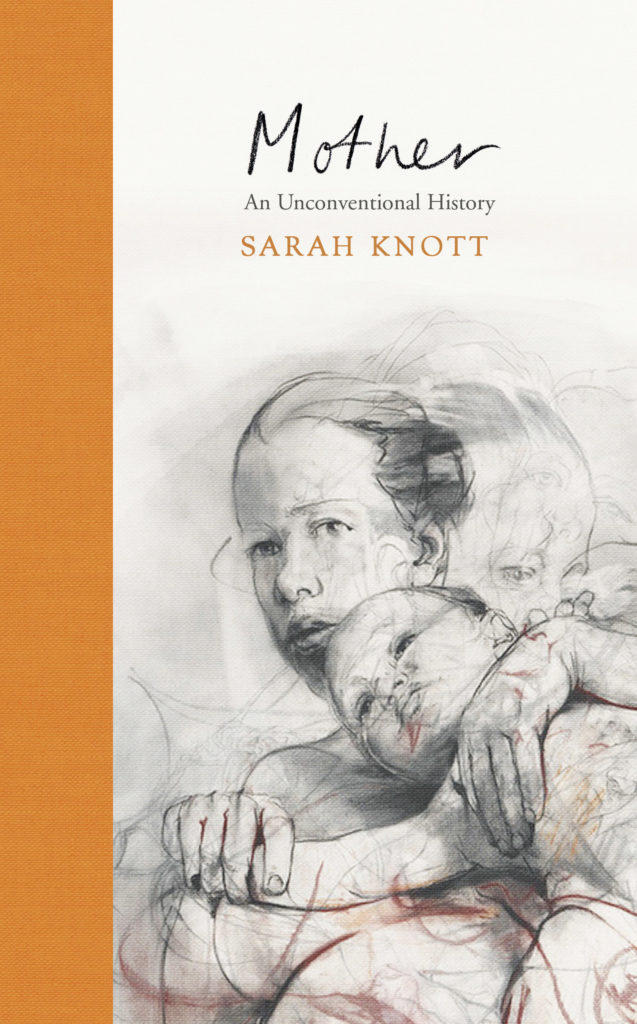
What John Aubrey’s contemporaries labelled ‘gossip’, we’re now increasingly minded to cast and theorize as the new history of anecdote. It’s this unorthodox approach to Knott’s subject matter that in part gives rise to the ‘unconventional history’ of her sub-title.
But notwithstanding its breaking of new ground, this book is also a collection of brief lives, briefly told through anecdote. Take away the scaffold of research methodologies and there’s still much that such recent, valuable histories can trace to a seventeenth-century progenitor of biographical brevities.

Philip Carter is Head of Digital at the IHR where he oversees the Institute’s new publication series for concise histories, IHR Shorts.

